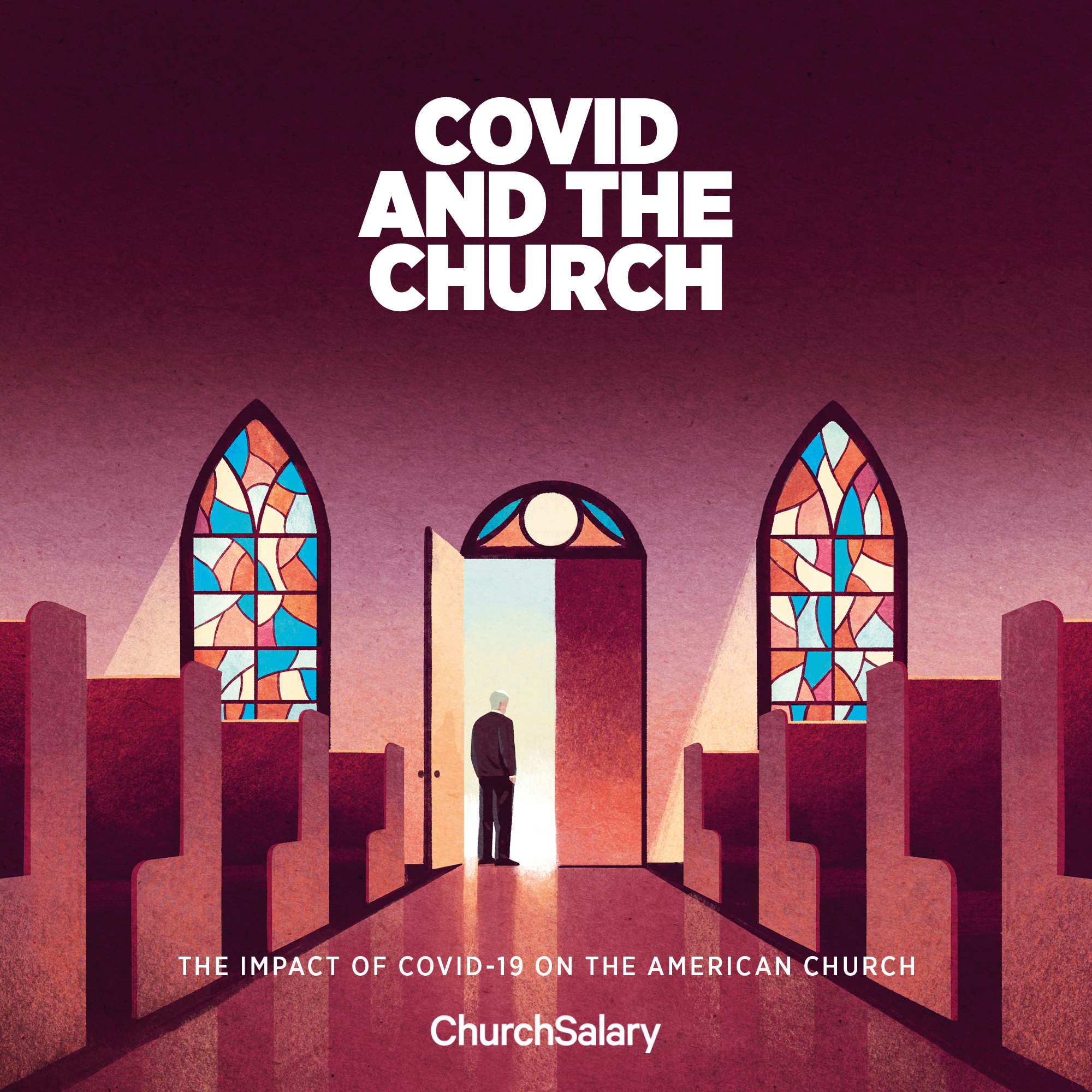There is no doubt that artificial intelligence (AI) has been a significant technological advancement and will continue to revolutionize our lives, with some suggesting AI is to this generation what dial-up internet was to the prior generation.
But with artificial intelligence comes many questions.
Is it safe?
Can it be trusted?
And will AI lead to the destruction of life on our planet?
In many ways, our sci-fi imaginations get the better of us: Is AI the Terminator come to life? Have we finally built Mr. Data from Star Trek: The Next Generation? When can I order my first C-3PO droid from Amazon?
Plug in and listen to Church Lawyer Erika Cole tackle how AI intersects with the church.
Think critically about AI
But the more constructive question for church leaders is this: How will AI affect churches and ministries?
One thing to remember: Artificial has been around for a while and has been used in the form of algorithms to process data and determine outcomes. Algorithms determine our social media feeds, protect our bank accounts and personal information, and even help with traffic management.
As the algorithms get “smarter,” the appearance of intelligence emerges. Add to that the ability to tackle more complex, subjective questions, such as “Which national park is the best?” and the algorithms behind AI begin to give it the appearance of discernment.
But AI can’t discern. Remember, the data from which it draws its conclusions was provided by humans that may not always agree and are often filled with biases. So, while artificial intelligence does its best with what it has, we’ve found it to be extremely flawed.
You remember the adage, Garbage in equals garbage out? It’s still true. But with AI, the scale makes finding the garbage a challenge, and the subjective nature of what one human programmer views as garbage compared to another programmer’s view further complicates the effectiveness.
It harkens to the early days of the internet when we emphasized that not everything you read online is true.
Now, the emphasis is on reminding people that, not only is the internet not the ultimate source of truth, but neither is social media—and neither is AI.
Embrace AI, do not fear it
How does all of this affect ministries?
First, there is no need to be scared. Artificial intelligence is not life—only God can create life. No amount of programming or algorithms can change that. AI can only mimic the creative process.
Second, you can’t always trust it. Phishing scams and get-rich-quick schemes flourish because we believe what we see online. You don’t know if there is another human trying to scam you or another human using AI to make the scam more complex, but you can’t naively trust AI.
Third, ministries should embrace AI. (Yes, you read that correctly.)
Churches and ministries should not run and hide just because AI poses risks. Instead, they should use AI, as they hopefully use other technology, for ministry effectiveness.
Convene conversations around AI
AI offers numerous ministry opportunities. Instead of fearing it, use it as a discipleship opportunity.
Sure, your theology will come into play when evaluating artificial intelligence, but is your church teaching about it with any theological depth?
Does all this talk of gen AI have you thinking about other IT-related issues? Consider picking up a copy of Nick Nicholaou’s “Church IT.”
Have you considered community events to teach the good and the bad? What about teaching basic online safety, including code words to avoid child voice scamming, or that using AI—or any other method—to cheat on one’s homework is a sin?
I assure you: I typed what you are reading here. But how do you know? How would a school know? Even AI tools used to detect AI-created content had to be shut down because the tools failed more than 60 percent of the time.
In many cases, AI should be an opportunity for the church to look deeper at itself, both beneath the steeple and outside the walls.
AI’s undeniable power
Meanwhile, the power of AI is undeniable and creates questions and concerns.
Its ability to generate lifelike videos is amazing.
The benefits to church production in not having to record your pastor literally saying every word, but rather, setting up an AI version so you can improve efficiency is incredible.
The sin-cursed side of this is, what happens when the pastor leaves and the church holds on to the likeness and makes it say things the pastor would never say? This side of heaven, powerful technology must be applied through the lens of the Bible.
At a more individual level, what happens when artificial intelligence is used to fake the voice of one of your children calling for help when your child is safe? Social media is another powerful technology that can be used for good and evil. The video you posted of your child giving a speech can also be used to get a sample of a child’s voice that, in turn, could be used to scam you through emotional distress.
The world is constantly changing. We need to teach that the Bible is forever, providing a strong theological foundation so that, whatever comes next, our people are ready to handle it in a Godly manner. None of these technological developments surprised God, but do we really believe and teach that? The Bible teaches the need to discern right from wrong, and yet we are not teaching that same discernment online.
Using AI to strengthen ministry
Other benefits for churches involve data collection and analytics. I’ve written about the data that churches collect and how to keep it safe, but what about using AI to better evaluate that data? Data is fine, but it’s what you do with the data that really matters.
Artificial intelligence can be an ally in this effort by going through data and providing useful information from which to make decisions.
Using AI to help close the proverbial “ministry back door”where people stop attending before leaders realize it. AI can help us better evaluate attendance patterns and changes in involvement, even comparing attendance with giving trends. This information might help us understand who is at risk for leaving the church or struggling in a manner that a call or visit might prove fruitful. What used to be complex and take hours can now be simplified and assessed in real time.
Copyright and defamation concerns
We have a long way to go to catch up with the advancements artificial intelligence has provided and the law lags these advancements, too. AI has quickly outdated copyright laws. Personal privacy and intellectual property lawsuits are just starting to head to court. Defamation cases are being filed. But in these cases, who’s to blame? The AI? Or those who programmed the AI? The decisions to come will reshape how we know and understand the use of this technology even in church contexts.
Stewarding AI for good
I’m excited about AI’s potential for affecting the Kingdom.
But, whether with AI, social media, digital projectors, microphones, cameras, or anything else, all new technology requires responsible use.
Microphones are great, but if you don’t know what you are doing, they will cause piercing feedback. artificial intelligence is also great, but if you don’t know what you are doing, and you aren’t willing to learn, the scale of the feedback could be destructive.
Jonathan Smith is director of technology for Faith Ministries in Lafayette, Indiana. He is also president of MBS, Inc., a provider of technology services that exclusively serves churches and ministries. He is a published author and a frequent speaker at conferences.




















